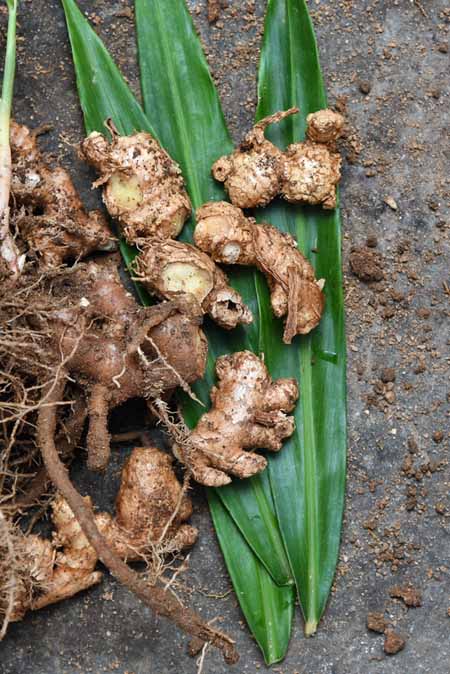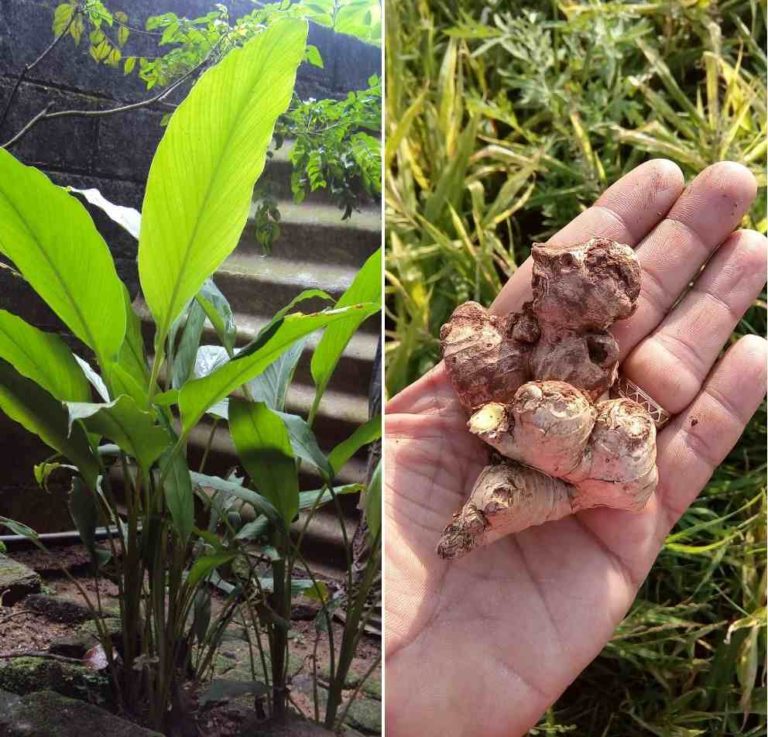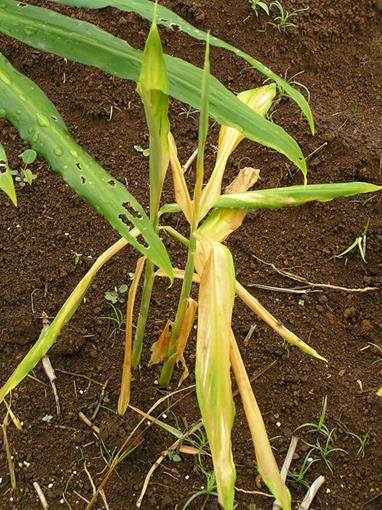Unlocking the Secrets of Ginger Root Propagation
Growing ginger from root is a simple and rewarding process that can be accomplished with minimal equipment and care. By learning how to grow ginger plant from root, you can enjoy the many benefits of this versatile spice right in your own backyard or indoor garden. Ginger has been prized for centuries for its medicinal properties, culinary uses, and ornamental value. With its ease of cultivation, ginger is an ideal crop for gardeners of all skill levels. Whether you’re looking to add a touch of exotic flair to your cooking or simply want to explore the world of herbal remedies, growing ginger from root is a great place to start.
Choosing the Right Ginger Root for Planting
Selecting a healthy, disease-free ginger root is crucial for successful propagation. When sourcing ginger roots, look for those with at least one “eye” or bud, as these are the nodes from which new shoots will emerge. Avoid roots that are soft, moldy, or show signs of decay, as these can harbor diseases that will affect the health of your plant. You can find high-quality ginger roots at local nurseries, gardening stores, or online from reputable suppliers. Some supermarkets may also carry ginger roots specifically labeled for planting. When purchasing online, make sure to choose a vendor that provides roots with at least one eye or bud and has a good reputation for shipping healthy roots.
Preparing the Soil for Your Ginger Plant
Before planting your ginger root, it’s essential to prepare the soil to provide the optimal growing conditions. Ginger plants thrive in well-draining, rich soil with a pH between 6.0 and 7.0. To achieve this, mix in a 2-inch layer of compost or well-rotted manure into the soil to improve its fertility and drainage. If your soil is heavy clay or sandy, add organic matter like peat moss or perlite to balance its texture. Additionally, ginger plants prefer a slightly acidic to neutral soil pH, so test your soil pH and adjust it if necessary. By creating a well-balanced soil environment, you’ll be setting your ginger plant up for success and ensuring a healthy harvest. When learning how to grow ginger plant from root, understanding the importance of soil preparation is crucial for a thriving plant.
How to Plant Ginger Root for Optimal Growth
Once you have prepared the soil and selected a healthy ginger root, it’s time to plant. To ensure optimal growth, follow these step-by-step instructions: Plant the ginger root 1-2 inches deep, with the “eyes” or buds facing upwards. Space the roots 6-8 inches apart to allow for proper growth and air circulation. If planting multiple roots, orient them in a north-south direction to maximize sunlight exposure. Water the soil gently but thoroughly after planting, and keep the soil consistently moist during the first few weeks. As the plant grows, reduce watering to about 1 inch per week. By following these simple steps, you’ll be well on your way to successfully growing a ginger plant from root. Remember, when learning how to grow ginger plant from root, proper planting techniques are crucial for a healthy and thriving plant.
Caring for Your Ginger Plant: Watering, Sunlight, and Fertilization
To ensure your ginger plant thrives, it’s essential to provide the right care and maintenance. Water your ginger plant regularly, but avoid overwatering, which can lead to root rot. Aim to provide about 1 inch of water per week, either through rainfall or irrigation. Ginger plants prefer partial shade to full sun, so choose a location that receives indirect sunlight for at least 4-6 hours a day. When it comes to fertilization, feed your ginger plant with a balanced, water-soluble fertilizer during the growing season (spring and summer). Dilute the fertilizer to half the recommended strength to avoid burning the roots. By following these simple care and maintenance tips, you’ll be well on your way to growing a healthy and thriving ginger plant from root. Remember, when learning how to grow ginger plant from root, proper care and maintenance are crucial for a successful harvest.
Common Pests and Diseases Affecting Ginger Plants
As with any plant, ginger plants can be susceptible to pests and diseases that can hinder their growth and productivity. Some common pests that can affect ginger plants include spider mites, mealybugs, and aphids. These pests can be controlled using organic methods such as neem oil, insecticidal soap, and introducing beneficial insects like ladybugs. Regularly inspecting your plants and maintaining good garden hygiene can also help prevent infestations. When it comes to diseases, ginger plants are prone to root rot, leaf spot, and rhizome rot. These diseases can be caused by overwatering, poor air circulation, and fungal infections. To prevent diseases, ensure your ginger plant is receiving adequate air circulation, water carefully, and remove any infected plant material. By being aware of these common pests and diseases, you can take proactive steps to prevent them and ensure a healthy and thriving ginger plant when learning how to grow ginger plant from root.
Harvesting and Preserving Your Homegrown Ginger
After 6-12 months of growth, your ginger plant is ready to be harvested. To do so, carefully dig up the entire plant, making sure not to damage the roots. Gently wash the roots with water to remove any dirt or debris. For immediate use, you can store fresh ginger in the refrigerator for up to 2 weeks. To preserve ginger for longer periods, you can dry it, freeze it, or make pickled ginger. Drying ginger involves slicing it thinly and placing it in a low-temperature oven or dehydrator. Frozen ginger can be stored for up to 6 months, while pickled ginger can be stored in the refrigerator for several months. When learning how to grow ginger plant from root, understanding the harvesting and preservation process is crucial to enjoying the fruits of your labor. By following these simple steps, you can enjoy your homegrown ginger all year round.
Troubleshooting Common Issues with Growing Ginger from Root
Despite its ease of cultivation, growing ginger from root can sometimes be plagued by common issues. One of the most common problems is slow growth, which can be caused by inadequate light, water, or nutrients. To overcome this, ensure your ginger plant is receiving sufficient indirect sunlight, water it regularly, and fertilize it with a balanced fertilizer. Another issue is yellowing leaves, which can be a sign of overwatering or underwatering. Check the soil moisture and adjust your watering schedule accordingly. Root rot is another common problem, often caused by poor drainage or fungal infections. To prevent root rot, ensure your soil is well-draining and remove any infected plant material. By being aware of these common issues and taking proactive steps to prevent them, you can successfully grow a healthy and thriving ginger plant when learning how to grow ginger plant from root. With patience and attention to detail, you can overcome these challenges and enjoy the many benefits of growing ginger from root.








